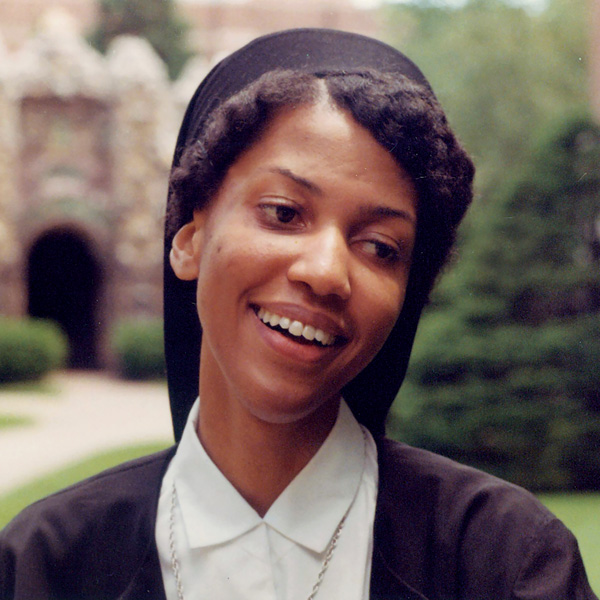
It has been one year since the release of the Sister Thea Bowman Committee Report, which proposed a number of recommendations to embrace Catholic University’s racial, cultural, and ethnic diversity on campus.
Reviewing the past 12 months, project leaders say that full implementation will not be completed overnight, but significant progress has been made to better reflect the legacy of the late Sister Thea Bowman, a Black alumna and candidate for sainthood, who committed her life to making more inclusive communities of faith. She earned a master’s degree in English in 1969 and a doctorate in English language and literature in 1972 at the University. Sister Bowman died in 1990.
Among the changes: Many of the University’s schools have created diversity and inclusion committees, various divisions have increased the number of intercultural awareness events, while the diversity of the campus population has increased thanks in part to students receiving more scholarships than ever before.
An Implementation and Coordination Team meets weekly to discuss progress on making the report’s vision a reality. The team includes Angela McRae, associate vice provost of instructional innovation, and Javier Bustamante, director of the Center for Cultural Engagement (CCE). Both shaped the report as original committee members.
“This report is a commitment to our CUA family. It is a report that identifies the areas where we need to improve and outlines the steps we will take to make those improvements. I think everyone at our university should feel proud of our ability to step back, reflect and recognize the areas for improvement,” said Bustamante.
Veryl Miles, professor and former dean at the Columbus School of Law, is special assistant to the President for the Thea Bowman Committee and also serves as a member of the Implementation and Coordination Team.
“At our beloved university, how can we do a better job? Like in any other organization, there are things that we do well and there are things that we probably don't do as well,” said Miles. “Those are the things that the committee looked at, especially ways to make it more welcoming for students, faculty, and staff.”
McRae’s primary focus is increasing the University partnership with local high schools to recruit more students of color. Through new mentorship programs in the CCE and Office of Campus Activities (OCA), the University aims to help first-generation students and students of color adjust to campus life. This year, the CCE’s Take Flight program has welcomed its largest cohort of first-generation students in the history of the program.
The committee is working toward the introduction of implicit bias training for faculty in different schools and University departments. They have been exploring ways to implement the process as soon as possible.
The report included a variety of sections including an institutional commitment to addressing the sin of racism, as well as a number of reports and recommendations from subcommittees representing different across the University. Bustamante is co-chair of the Community Building Subcommittee and works directly with students and their organizations as director of the CCE to help incorporate a student perspective into improving campus life.
“Many of our students voiced the challenges they encountered on our campus, and we are working diligently to increase the visibility and improve the sense of belonging through a series of cultural and intercultural events and programs," said Bustamante. “We are just getting started and I expect these programs to grow and blossom in thecoming years.”



